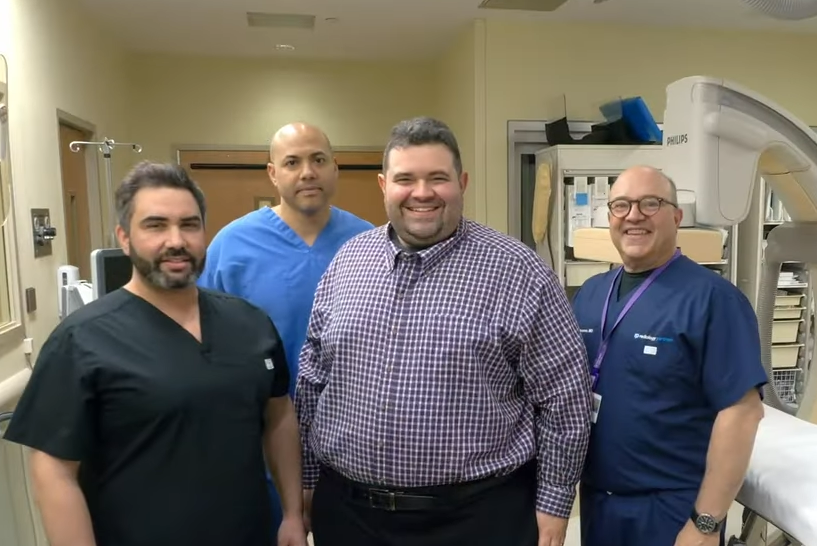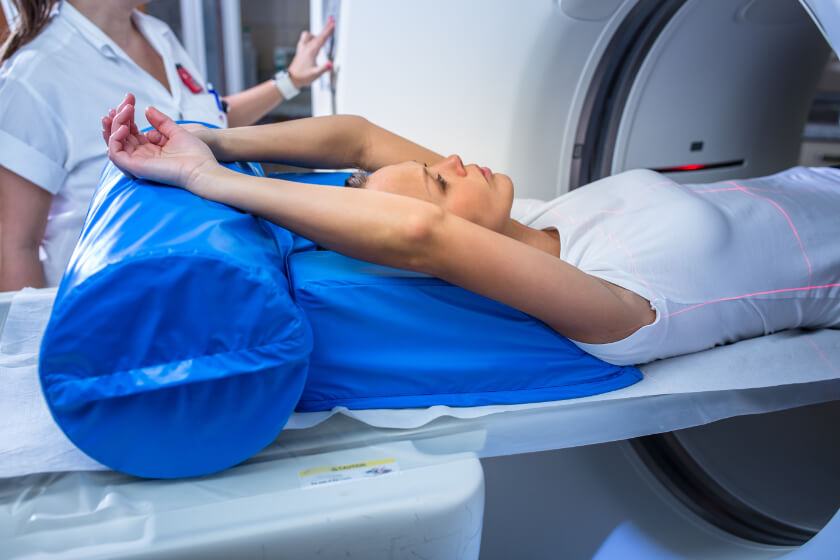What is an upper gastrointestinal series?
An upper gastrointestinal series, also called a UGI series or upper GI, is a diagnostic imaging procedure that’s used to evaluate the structures that comprise the upper portion of the digestive tract. The test uses a special solution and a type of x-ray called fluoroscopy to assess the esophagus, the stomach and the duodenum, the upper portion of the small intestine. Unlike a traditional x-ray that takes a still picture, fluoroscopy is able to see organs in motion for a more accurate assessment of conditions that may be causing symptoms. Barium is the most commonly used contrast agent, but other agents like iodine may be used in patients who are sensitive to barium. The upper GI procedure is similar to a barium enema which uses fluoroscopy combined with barium as a contrast agent to evaluate the large intestine, which comprises the lower portion of the gastrointestinal tract.
When is an upper gastrointestinal series performed?
An upper GI series is a very versatile test used to identify causes of symptoms that could indicate a problem in the upper GI tract, like:
- problems swallowing
- pain in the abdomen or chest
- unexplained nausea or vomiting
- persistent indigestion or gastrointestinal reflux
It’s also used to evaluate the function of the upper GI tract, and can be used to detect conditions like:
- ulcers
- hiatal hernias
- scar tissue
- tumors
- inflammation
- abnormalities and defects in the muscles or components of the upper GI
- changes in the esophagus that could indicate an increased risk for cancer (Barrett’s esophagus)
- blockages or other conditions that could affect swallowing or digestion
When only the throat and esophagus are evaluated, the procedure may be referred to as a “barium swallow.”
What is the procedure like?
During the upper GI series, you’ll be asked to drink the barium solution, which is about the same thickness as a milkshake, while the radiologist watches it pass through your digestive tract. In certain cases, baking soda crystals may be added to the barium to produce air that can help provide clearer images. You may need to assume different positions during the series to allow the barium to coat the entire upper GI tract and to enable the radiologist to obtain different views. Most procedures take 20 to 30 minutes. Some patients find the barium difficult or unpleasant to swallow. Breathing through your nose and taking deep breaths can help you relax so you can complete the series. Once the procedure is over, you can eat normally, but you should make an effort to drink plenty of water for several days to help the barium move through your system and avoid constipation. Your stools may be whitish for two or three days as a result of the barium.
An upper GI series has many applications in diagnosing and evaluating a wide array of medical conditions affecting the esophagus, stomach and duodenum.
Available Locations
Preparation Instructions
-
-
- Nothing to eat or drink for 6 hours before your exam.
- Do not drink water, take medications, chew gum or smoke the morning of your exam.
- If you are having a Small Bowel exam, be prepared to stay several hours in the office.
- Diabetic patients should bring any medication with them to be taken after the exam is completed.
- Bring your prescription and insurance card.
- Bring all previous imaging/radiology studies (that were not done at RAI) relating to your current study.
-





